Diecast car customization has surged in popularity, thanks to social media and online communities1. Experts have honed their skills over 20 years, creating unique models that fascinate collectors2. This trend has transformed factory-made miniatures into one-of-a-kind masterpieces.
Custom diecast model manufacturing has grown from a hobby to an industry. The process involves injecting molten metal into molds, creating solid miniatures. These serve as perfect canvases for customization.
This guide covers essential techniques for bringing your vision to life. You’ll learn about proper surface prep, paint application, and decal design. We’ll also explore specialized equipment for movable suspensions and detailed metal chassis2.
Key Takeaways
- Diecast car customization has gained popularity due to social media influence
- Essential tools include craft knives, sanding tools, and paint supplies
- Proper ventilation is crucial during the painting process
- Thin layers of paint yield better results in customization
- Networking with other enthusiasts can enhance your skills and knowledge
- Beginners should start with less complex models for practice
- Regular cleaning and maintenance keep diecast models in top condition
Essential Tools and Materials for Diecast Model Making
Custom diecast models need careful planning and the right equipment. The right tools are key to creating professional-looking miniatures. Let’s look at what you’ll need for your model-making projects.
Basic Equipment and Workspace Setup
A good workspace is crucial for diecast model making. You need a flat surface with good lighting and air flow. Key tools include hobby knives, sanders, tweezers, and a power drill.
For smooth model assembly, use a tackle box or magnetic bowls. This keeps your tools and small parts organized. It helps manage minimum order quantities for diecast models too.
Paint and Surface Preparation Tools
Good paints are vital for a pro finish. Choose between acrylic and enamel paints. Acrylic dries faster, while enamel keeps color better3.
You’ll need primers, brushes, and an airbrush too. Surface prep is key. Get sandpaper from 400 to 1,000 grit for different tasks3.
These tools affect the cost of making diecast models. A perfect finish can boost your product’s value.
Specialty Tools for Detailing and Customization
Fine brushes and decal solutions add tiny details to models. Advanced builders might want weathering kits and metal foils. Circle cutters can help with custom designs3.
| Tool Category | Essential Items | Optional Upgrades |
|---|---|---|
| Cutting Tools | Hobby knife, Sprue cutters | Circle cutter, Power drill |
| Painting Equipment | Brushes, Primers | Airbrush, Paint booth |
| Surface Prep | Sandpaper (400-1000 grit) | Polishing compounds |
| Detailing Tools | Tweezers, Fine brushes | Weathering kit, Metal foils |
Safety Equipment and Protective Gear
Safety is a must. Get protective eyewear and a breathing mask for paint work. Make sure your workspace has good air flow to reduce fumes3.
With these tools, you’re ready for various diecast model designs. Good tools improve your work and help manage production costs. They’re key to creating amazing miniature masterpieces.
How to Get a Diecast Model Made
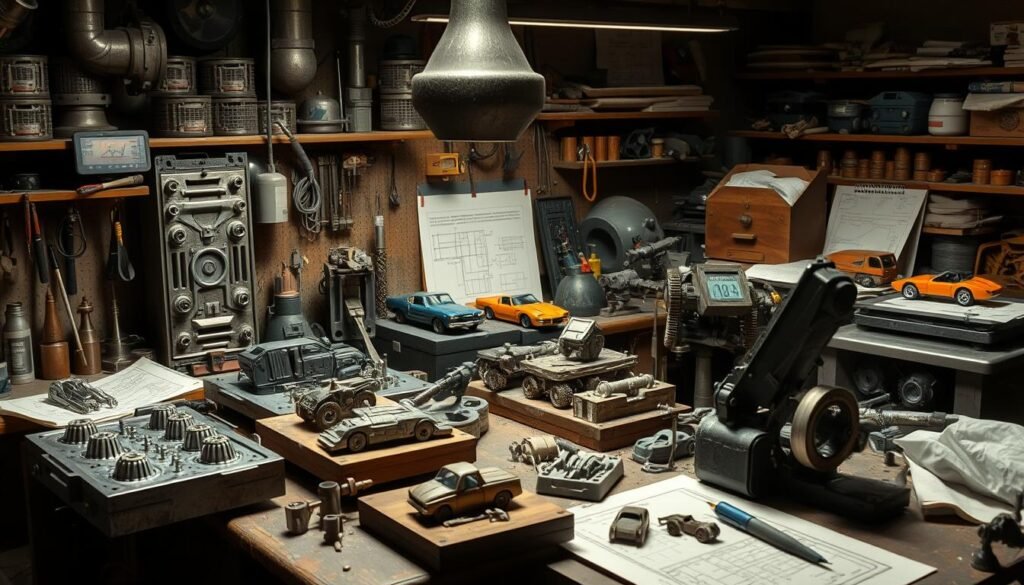
Creating a custom diecast model blends art and precision. This exciting process involves several crucial steps. Let’s explore how to make a high-quality diecast model.
Disassembly and Component Preparation
Start by carefully disassembling your diecast model. Remove screws and separate the body from the chassis. Clean each part thoroughly. Custom models make up 15% of the diecast market4.
Surface Treatment and Paint Application
Sand the surface and apply primer. Paint in thin layers in a well-ventilated area. 40% of collectors prefer custom painted models4.
Mass-produced models use die casting for the main body. Plastic injection forms parts like tires and grills5.
Decal Design and Application Techniques
Design decals using software like CorelDRAW or Adobe Illustrator. Use an iColor 560 printer with white toner for printing. Apply decals precisely with setting solutions.
Promotional models interest about 30% of diecast collectors4.
Final Assembly and Quality Checks
Reassemble your model, ensuring all parts fit securely. Apply a clear coat for protection. Conduct thorough quality checks, paying attention to detail.
Professional manufacturing involves labor-intensive assembly, especially for limited-edition models5.
These steps help create a unique diecast model. Custom and mass-produced models require different techniques. Both demand precision and attention to detail.
Conclusion
Custom diecast model making blends art and precision. It transforms basic models into unique masterpieces. This craft rewards patience and skill, bringing miniature automotive wonders to life6.
Creating custom models takes time and resources. Projects can last weeks or months, depending on complexity. The result is a one-of-a-kind piece reflecting your vision6.
For beginners, the 1:18 scale is ideal. It balances detail and size, perfect for skill-building. Advanced crafters might enjoy limited edition Racing GT models7.
Protect your creations with display cases. These shield custom diecast models from dust and damage. Regular upkeep keeps your models pristine6.
FAQ
What are the essential tools needed for diecast model customization?
How do I prepare a diecast model for customization?
What painting techniques should I use for diecast models?
How can I create and apply custom decals to my diecast model?
What safety precautions should I take when customizing diecast models?
How do I get started with diecast model manufacturing?
What are the typical minimum order quantities for custom diecast models?
How much does it cost to produce custom diecast models?
Source Links
- How To Start Customizing Diecast Car Models – https://livecarmodel.com/blog/how-to-start-customizing-diecast-car-models/?srsltid=AfmBOoqDNm-QmIbwgl2ya2IOt6pahbW5cKR0fu47dD9n44GNys1LmDva
- How to make a 1/24 custom start to finish – https://www.diecastcrazy.com/threads/how-to-make-a-1-24-custom-start-to-finish.88775/
- Supplies & Tools for Building Model Cars – https://www.autoworldstore.com/blogs/tips-tricks/top-scale-model-car-supplies?srsltid=AfmBOop6726xgLEd3TU1ggX-AkTMEkxIPYYUbzzCLKU68e72nQiSNxbz
- Custom diecast Replicas – https://customdiecastreplicas.com/
- The Manufacturing Process: How Are Diecast Model Cars Made? – https://livecarmodel.com/blog/the-manufacturing-process-how-are-diecast-model-cars-made/?srsltid=AfmBOooudm2llevDpo9e04l1TueJvP9x7e0xenMeCM3dQDXku7t4UCQ5
- How to Get a Custom Model Made: A Comprehensive Guide – https://diecastmodelcentre.co.uk/blogs/news/how-to-get-a-custom-model-made-a-comprehensive-guide?srsltid=AfmBOopJfmXSALNcdLTmnZzb1hqCmP8QQiY6MmuSvudNwi2IlGuBdbQZ
- Introduction to Diecast Model Cars – Five Diecast – https://fivediecast.com/introduction-to-diecast-model-cars/

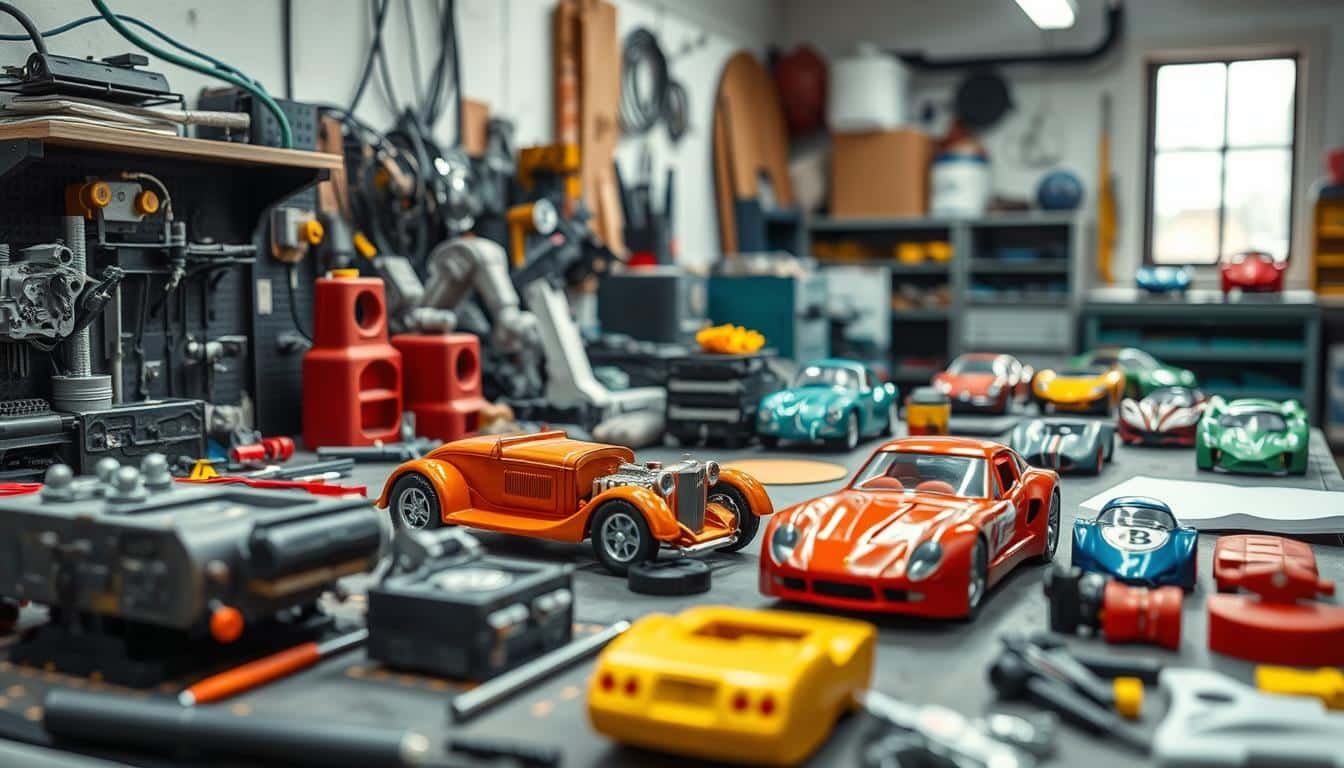
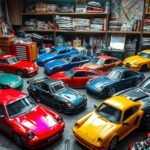
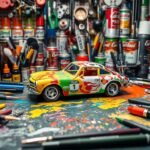

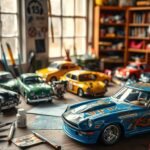
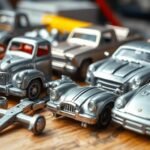
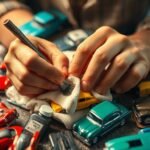
Interesting read, but why so much fuss on surface prep tools? Isnt the creativity in design more important? Just a thought.
Surely, isnt 3D printing a more efficient method for custom models than this traditional diecast method? Just my 2 cents…